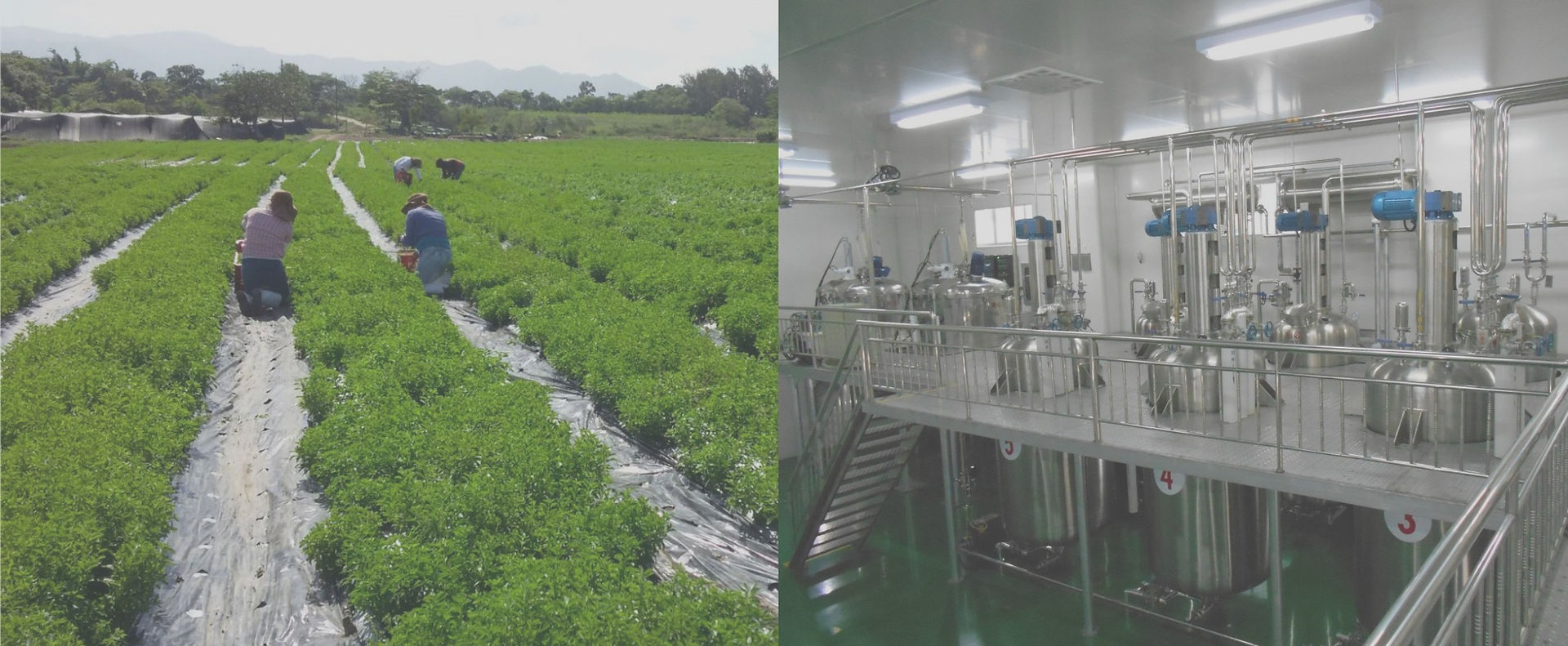
Hardening of in-vitro grown plants
The plants grown in tissue culture vessels in laboratories can not be directly taken to the field. In laboratory condition, the plants grow in high humidity, low light intensity, high nutrition supply and in a narrow temperature range. These plants need gradual acclimatization to the field environment. This gradual acclimatization process is known as hardening.
Tissue culture plantlets do not rely on photosynthesis; instead, they use sucrose as a source of energy. Therefore, an early hardening-off process could start while the plants are still in vitro. This process could gradually adjust the plantlets to rely on photosynthesis, and activate the stomata so that loss of water through the cuticle is minimized. In the laboratory, plantlets can be hardened through the following measures either singly or in combination:
-
Lowering the mineral salts (e.g. half strength MS media);
-
Increasing the concentration of the gelling agent. This has the effect of hardening the root structure;
-
Changing the concentration of sucrose (higher or lower) in the growth media. By increasing the sucrose content the plantlet stabilizes, does not grow so fast and becomes more robust. By reducing the sucrose content the plantlet struggles to locate nutrients, with the effect of hardening the root structure;
-
Lowering the relative humidity in the vessel to stimulate the formation of the wax layer on the leaves limits the loss of water through evaporation.
The hardening process is generally done in two stages. In the first primary hardening stage, they are prepared for photo-autotrophic growth and then in the secondary hardening stage they are gradually exposed to harsher environment for acclimatization to field conditions.
Primary hardening :
After adequate development of shoot and roots, the plants are taken out from the nutrient medium and they are washed under running water to remove all traces of solid media from their roots. Then they are transplanted in small plastic or ceramic pots containing sterilized inert porous substrate like vermiculite, pumice chips, ash free charcoal chips or dried sphagnum moss. The inert medium in the pots are then soaked with basal MS medium. The pots are incubated under defused light for 2 – 3 weeks in a specific primary hardening area in the laboratory. As the inert substrate dry out with time, it is re-soaked with MS medium but the concentration of carbon source is gradually reduced. Relatively high humidity is maintained during this stage to prevent drying out of the tender plants and enhance survival.
Secondary hardening :
In this stage, the primary hardened plants (in the pots used for primary hardening) are transferred to green house and they are incubated under shade with regular misting for maintenance of high humidity. After one week, the plants are transferred to poly tubes or seed trays filled with appropriate potting mix. Different combinations of compost, peat moss, coco-peat, perlite, vermiculite or loamy soil are used as potting mix. The plants are raised in the potting mix in green house conditions under 70% shade for 3 – 4 weeks. The optimal moisture condition of the potting mix is to be maintained throughout the growing phase (preferably 90% of the field capacity). Then the plants are to be transferred to the hardening yard under full sunlight and to be kept there for another two weeks. After this stage, the plants are ready to transplant in the field.

Micropropagation of Stevia rebaudiana using nodal segment. ((a) bar 6.00 cm) mother plant, ((b) bar 8 cm and (c) bar 2.00 cm) in vitro shoot multiplication, ((d) bar 1.71 cm and (e) bar 2.00 cm) rooting, ((f) bar 2.30 cm) fully rooted plant under acclimatization and hardening condition, ((g) bar 3.00 cm, (h) bar 3.47 cm and (i) bar 5.00 cm) hardened tissue culture raised plant and ((j) bar 6.10 cm) mature tissue culture raised plants.
From:
Lata, Hemant & Chandra, Suman & Wang, Yan-Hong & Raman, Vijayasankar & Khan, Ikhlas. (2013). TDZ-Induced High Frequency Plant Regeneration through Direct Shoot Organogenesis in Stevia rebaudiana Bertoni: An Important Medicinal Plant and a Natural Sweetener. American Journal of Plant Sciences. 4. 117-128. 10.4236/ajps.2013.41016.

The successive stages of in vitro propagation of Stevia rebaudiana. (a) Direct regeneration of shoot from explant, (b) Initiation of multiple shoot formation, (c) Development of more number of multiple shoot, (d) Root formation from regenerated shoot (e & f) Hardening and establishment regenerated plants.
From:
Anbazhagan, M; Kalpana, M; Rajendran, R; Natarajan, V and Dhanavel, D (2010) In vitro production of Stevia rebaudiana Bertoni; Emir. J. Food Agric. 2010. 22 (3): 216-222
Some online resources about commercial application of plant tissue culture. Click on the image to open the document in a new window.
More resources will be published shortly. Please keep on revisiting this page.
Your feedback will be highly appreciated. Please notify about any errors/inaccuracies in these pages. Please do not hesitate to share your own experience and additional information.











